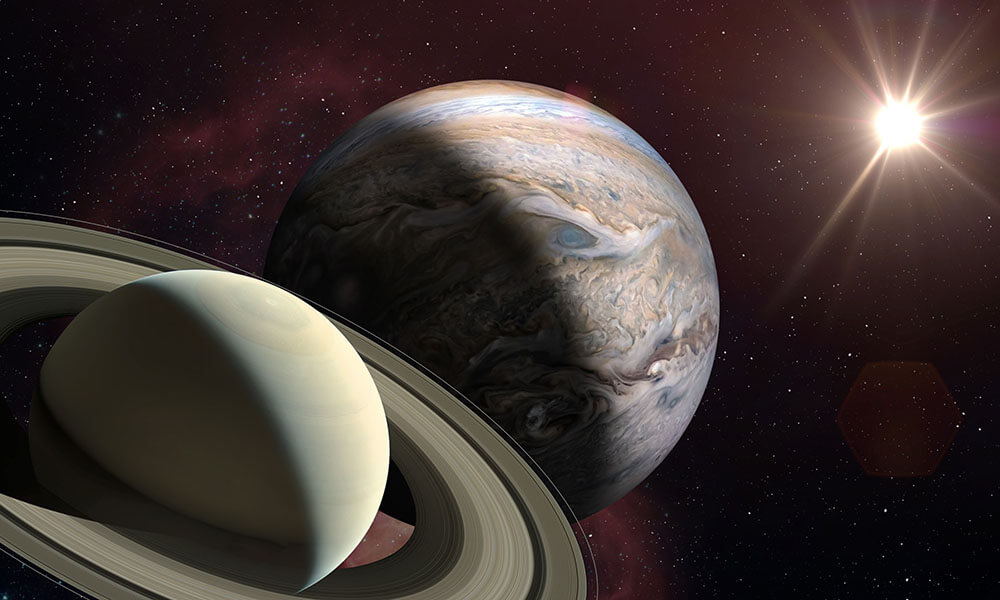
Introduction:
Earthquakes are one of our planet's most influential and devastating natural disasters. While the causes of earthquakes are well-known, there has been an ongoing debate about whether there is a link between earthquakes and planetary movements. In this blog post, we will examine the evidence for and against the theory that planetary movements could influence earthquakes and provide some key examples and references to research studies conducted in the past.
The Theory: Evidence and Arguments For:
One of the main arguments favoring the theory is that historical examples of earthquakes occurred during specific planetary alignments. For example, in 1960, Chile's most significant earthquake occurred during a rare alignment of the Sun, Moon, and the planets Jupiter and Saturn. Similarly, in 2004, the Indian Ocean earthquake and tsunami occurred during a full moon, which some scientists believe may have contributed to the disaster.
One of the main arguments favoring the theory is that historical examples of earthquakes occurred during specific planetary alignments. For example, in 1960, Chile's most significant earthquake occurred during a rare alignment of the Sun, Moon, and the planets Jupiter and Saturn. Similarly, in 2004, the Indian Ocean earthquake and tsunami occurred during a full moon, which some scientists believe may have contributed to the disaster.
In addition, several studies have suggested a correlation between earthquake activity and lunar phases. One study conducted in Japan found a higher likelihood of earthquakes occurring during the new and full moons. Another study found that the number of earthquakes in the days leading up to a full moon was significantly higher than during other lunar phases.
There is still some debate in the scientific community about whether there is a significant link between the two. Possible explanations for how planetary movements could trigger earthquakes include gravitational forces that pull on the Earth's crust or changes in tides that could trigger fault lines to slip. However, it's worth noting that the exact mechanisms for how planetary movements could influence earthquakes are not fully understood.
The Counterargument: Evidence and Arguments Against:
Despite the evidence favoring the theory, several counterarguments and studies suggest no correlation between planetary positions and earthquakes. For example, one large-scale study conducted in the United States over several decades found no significant correlation between planetary alignments and earthquakes.
Despite the evidence favoring the theory, several counterarguments and studies suggest no correlation between planetary positions and earthquakes. For example, one large-scale study conducted in the United States over several decades found no significant correlation between planetary alignments and earthquakes.
Some scientists have argued that the proposed mechanisms linking planetary movements and earthquakes are flawed. For example, the gravitational pull of the planets is extremely weak compared to other forces that act on the Earth's crust, and changes in tides are unlikely to cause large-scale earthquakes. Additionally, the lack of scientific consensus on the theory suggests that more research is needed to understand the relationship between planetary movements and earthquakes.
Conclusion:
In conclusion, while the theory linking earthquakes with planetary movements is exciting and controversial, the evidence favoring the theory is inconclusive. While some historical examples and studies suggest a correlation between planetary movements and earthquakes, many counterarguments and studies refute the theory. Therefore, further research and study are needed to fully understand the relationship between planetary movements and earthquakes.
References and Resources:
- "The Role of Planetary Alignments in Earthquakes: A Brief Review" by C. Sasikala and G. Thirunarayanan
- "Do Planetary Alignments Trigger Earthquakes?" by Robert C. Schaefer, Jr.
- "Do Planetary Alignments Really Influence Earthquakes?" by Philip Plait
- "Moonquakes: The Surprising Connection Between Earth's Moon and Earthquakes" by Nola Taylor Redd.
You must be logged in to comment on this blog.